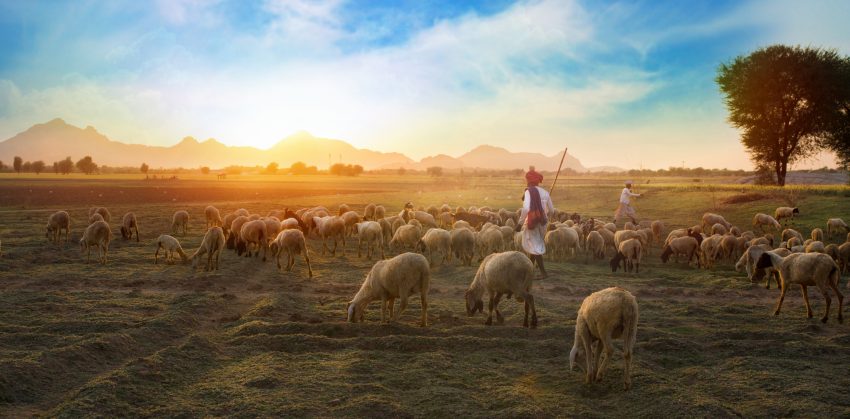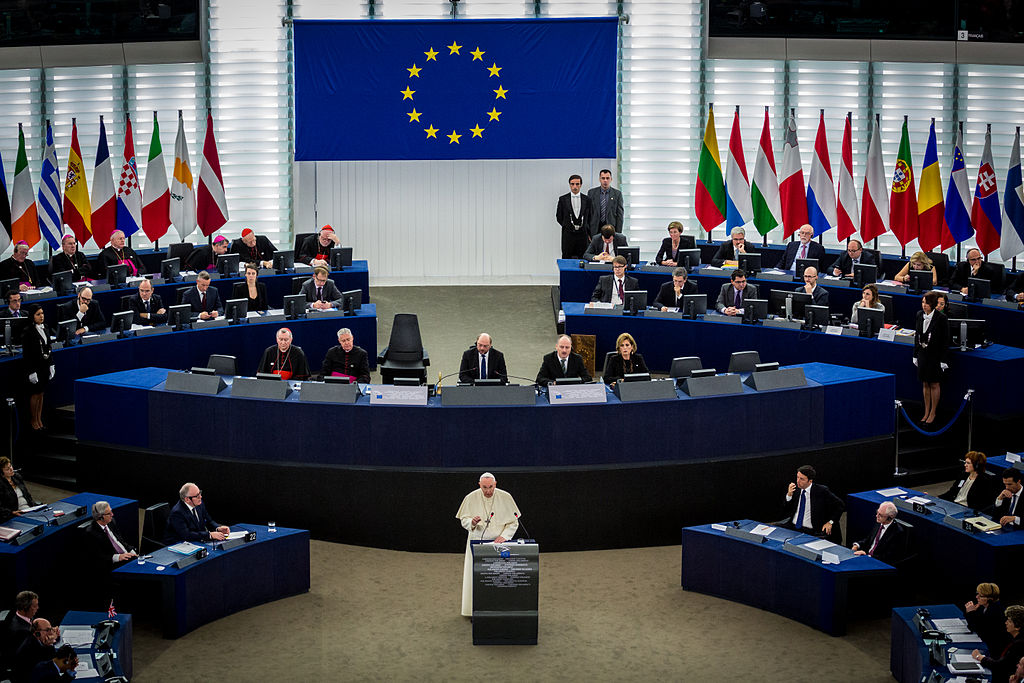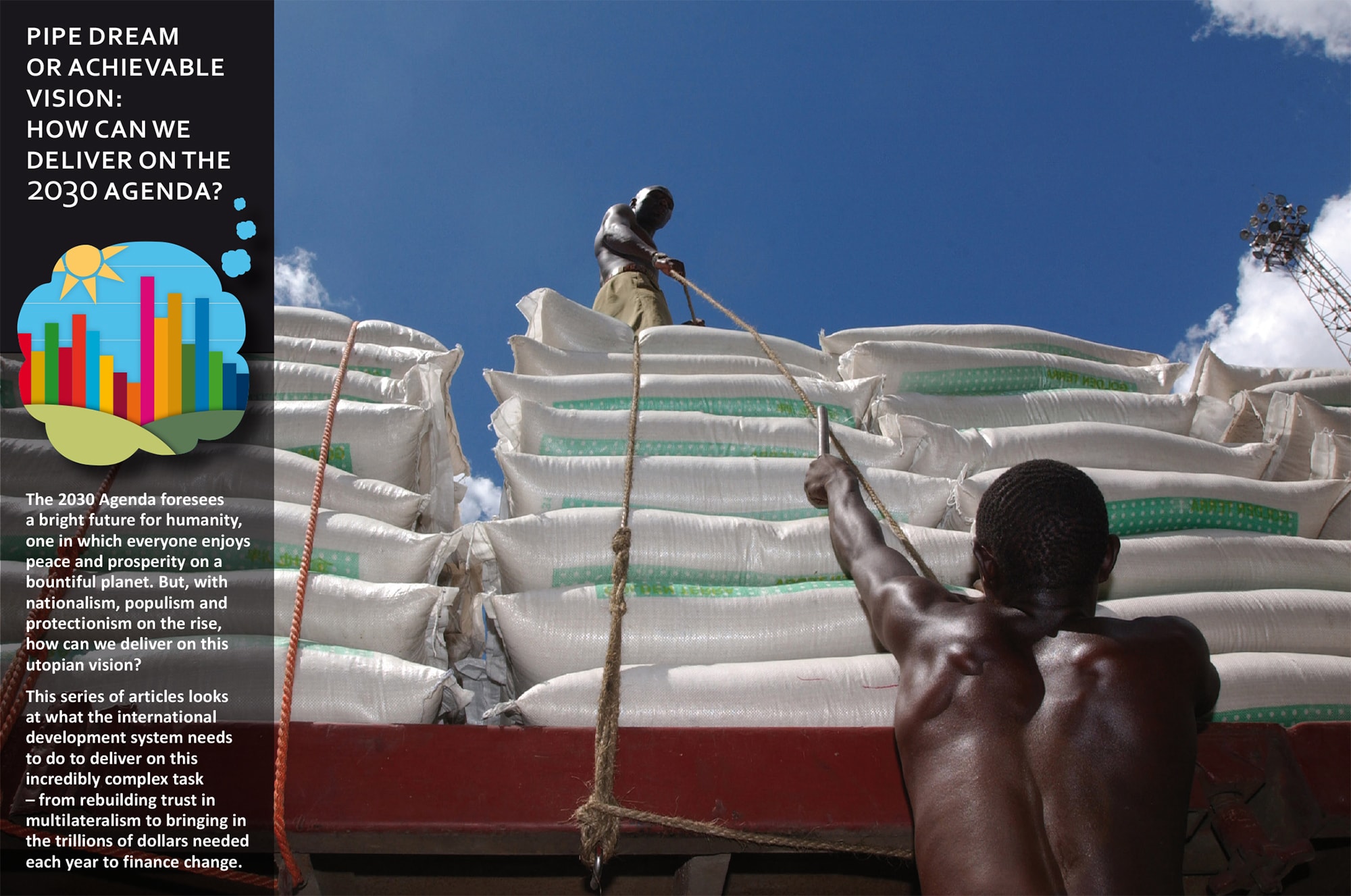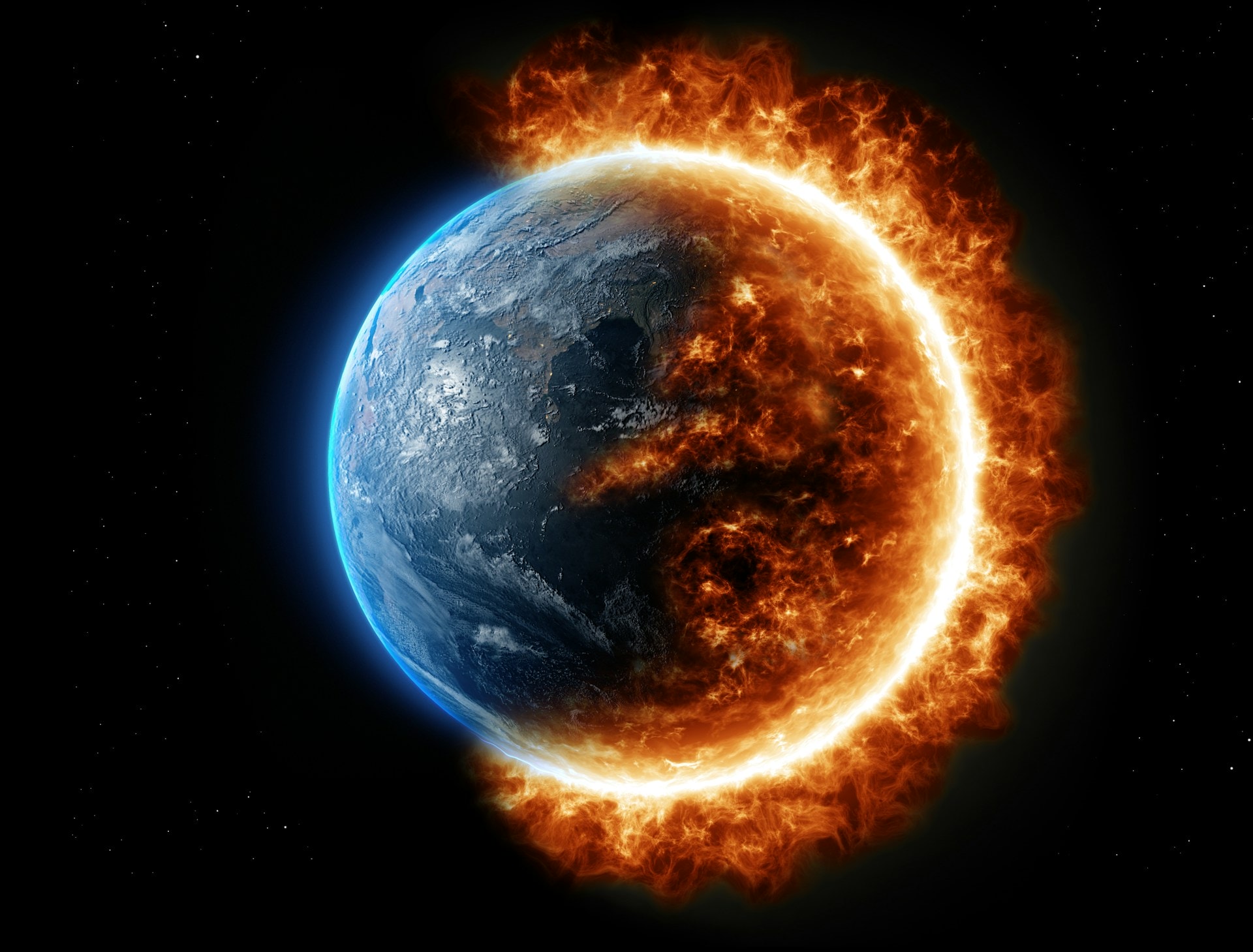It was in 2014, I think, that I read that small piece of information in Fernand Braudel’s masterpiece ‘Civilisation and Capitalism’ (Braudel 1981). According to official documents of the Habsburg Empire, in my home region, Lesser Poland (Austrian Galicia under the Habsburg rule), at the end of the eighteenth century, there was one watermill, on average, per 382 people.
My home town, Krakow, Poland, today sustains a population of 800,000, which would correspond to 2094 watermills. Presently, said watermills are significant by their absence, and I have gradually become quasi-obsessed with the ‘what if?’ question: what if today we had those 2094 watermills in my home city? What would our life look like? How different would it be from the life we are actually living?
This gentle obsession crystallized into a general theoretical question: can renewable energies sustain the present human population?
In 2007-2008, the rate of growth in the market of renewable energies changed and became higher than the rate of growth in the overall, final consumption of energy. The phenomenon is observable in data published by the World Bank, regarding the consumption of energy per capita , and the share of renewable energies in that overall consumption.
In short, in 2007-2008 something important happened, and I wanted to understand how it had happened.
 IN THE PICTURE : A CITY AT NIGHT PHOTO CREDIT: PIXABAY.COM
IN THE PICTURE : A CITY AT NIGHT PHOTO CREDIT: PIXABAY.COM
The theoretical coin started dropping, and dropped into the socket labelled ‘new economic geography’: We can understand the role of a given factor in the sustenance of human populations if we get to understand how the spatial distribution of that factor shapes the geography of human settlement (see Krugman 1991; Krugman 1998).
The most fundamental utility we derive from any form of energy is the simple fact of us being here around: I can understand the role of energy – renewable or fossil – for our civilisation by studying the way that local populations flock around sources of energy.
Following in the footsteps of new economic geography, I turned to one of the most basic tools for an economist, the seminal work by Prof Charles W. Cobb and Prof Paul H. Douglas, which generations of economists have learnt as the Cobb-Douglas production function.

IN THE PICTURE : THE GROUND PHOTO CREDIT: LUKAS VIA PEXELS
As a species, we absorb energy from the environment in two basic forms: As food, on the one hand, and power (understood physically, as the capacity to perform work), on the other hand. The intuition I was following at this stage of my research was that historically, the geography of us, humans, has been shaped in two tempos: (1) the slow, secular process of securing access to food, and (2) the relatively more recent – dating from the harnessing of wind power and water power – process of making energy work for us.
I had, at the moment, three factors in my model: (1) non-edible renewable energy; (2) substitutable to non-edible and non-renewable energy; and (3) the consumption of food per capita.
As I contemplated these three factors, a realisation dawned: None of the three can be maximized or even optimized directly.
When I use more electricity than I did five years earlier, it is not because I plug my fingers more frequently into the electric socket: I shape my consumption of energy through a bundle of technologies that I use.
As for the availability of food, the same occurs: With the rare exception of top-level athletes, the caloric intake is the by-product of a life style (office clerk vs construction site worker) rather than a fully conscious, purposeful action.
Each of the three factors is being absorbed through a set of technologies. Here, some readers may ask: If I grow vegetables in my own garden, isn’t it far-fetched to call it a technology?
Well, firstly, the methods we use in our own garden are culturally formed patterns of modifying our natural environment, and this is precisely what technologies are. If we were living in a civilisation which feeds itself exclusively with home-grown vegetables, farming in my own garden would be at the cutting edge of technological progress.
Secondly, we are a civilisation, which has developed a huge range of technologies in industrial farming. Vegetables grown in my garden are substitutes to foodstuffs supplied from industrially run farms, as well as to industrially processed food.
If something is functionally a substitute to a technology, it is a technology, too.

IN THE PICTURE : A CITY PHOTO CREDIT: PIXABAY.COM
In other words, my general equation was supposed to reflect the fact that we live, in large local communities, in places where we succeed at stacking up as many interconnected technologies as possible in three fundamental fields, namely:
(a) Everything that makes us use non-edible energies, ranging from a refrigerator to a smartphone; here, we are mostly talking about two broad types of technologies, namely engines of all kind, and electronic devices.
(b) Technologies that create choice between the renewable and the non-renewable sources of energy, thus first and foremost the technologies of generating electricity: windmills, watermills, photovoltaic installations, solar-thermal plants etc. They are, for the most part, one step earlier in the chain of energy than technologies mentioned in (a).
(c) Technologies connected to the production and consumption of food, composed into a long chain, with side-branches, starting from farming, through the processing of food, ending with packaging, distribution, vending and gastronomy.

IN THE PICTURE : A TRIBAL MAN HERDING A FLOCK OF SHEEPS PHOTO CREDIT: KAILASH KUMAR VIA PEXELS
I constructed a simple, mathematical model, based on the Cobb-Douglas production function, where the number of people living in a given place at a given time is the aggregate utility derived from a relatively unchanging consumption of food per person per year, paired with a fluidly changing consumption of energy per person per year.
For each of the 114 countries I studied I made two versions of the equation: one with the overall consumption of energy, and the other one just with the amount of energy from renewable sources. You can find my detailed method and results in the scientific paper available with the SSRN.
My model allows assessing whether the given population could hypothetically sustain itself with the renewable energy they have right now, and, additionally, allowed estimating the relative importance of, respectively, food and energy, in the sustenance of that population.
Probably the most fundamental result I came to was that renewable energies, just as we consume them today, yield virtually the same equilibrium in population than the total energy mix, fossil fuels included, for most of the 114 national populations I studied.
It would be tempting to conclude that we can switch off all the non-renewable power sources right now, and we wouldn’t even notice the difference, yet it would be really hasty. When writing this article, the most essential caveat in the transition towards renewable energies finally crystallized in my mind. In my general equation, when I hypothetically switch the energy base of a given country just to renewable sources, the coefficient attached to the ‘energy’ factor gains in value.
In plain language, if all the fossil-fuel-based power plants shut down today, living close to a windfarm would become a huge asset and possibly a hierarchy-maker, giving people an advantage over those further away.

IN THE PICTURE : WINDMILLS PRODUCING ENERGY PHOTO CREDIT: JOSH WILLINK VIA PEXELS
Besides the plausibly robust, general equilibrium between populations and their access to renewable energies, interesting special cases emerged.
The biggest idiosyncrasies, literally, are China and India. Despite meddling with coefficients and input data, at the limit of what’s scientifically plausible, I could not hit equilibriums between those two largest, national populations on Earth and their ‘food-energy’ base. There has been consistently more people in China and India, than their local food and energy systems could and can sustain.
Incidentally, as you can discover with the International Organization for Migration , the two biggest flows of emigration on the planet have their source, precisely, in China and in India.
Besides those two hypo-sustainable nations, there are some who seem to be hyper-sustainable: Iceland, Estonia, Finland – those small Nordic countries seem to have a consistent reserve of sustainability.
Still, the United States of America is the most puzzling special case: In the mutual balance of importance between food and energy, reflected in the coefficients of the local equation in my model, the US is much closer to Sudan or Ghana, than to Belgium or France.
Once again, just as for China and India, I had that ‘I-must-have-had-the-numbers-wrong’ feeling, and I retested many times. Yet, the same result kept coming up: the population of the biggest economy, paired with the most powerful state in the world, seems to be depending, in its sustenance, much more on food than on energy, just as a developing country would.
The initial question I asked was: Can renewable energies sustain our civilisation? The answer coming from my research is ‘Yes, but’. Shifting towards new sources of energy will almost certainly alter the geography of human activity. Truly a compelling path of research, in that respect, concerns the way that new sources of energy can impact our social structures in general, not just the geographical pattern of settlement. Will new social hierarchies emerge? Only Time can tell.













